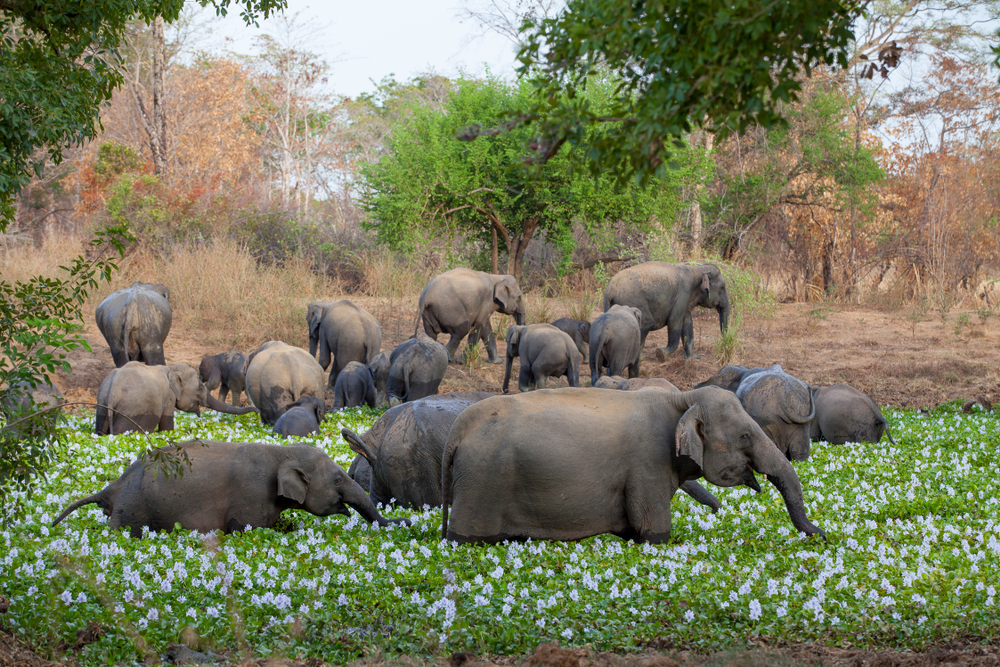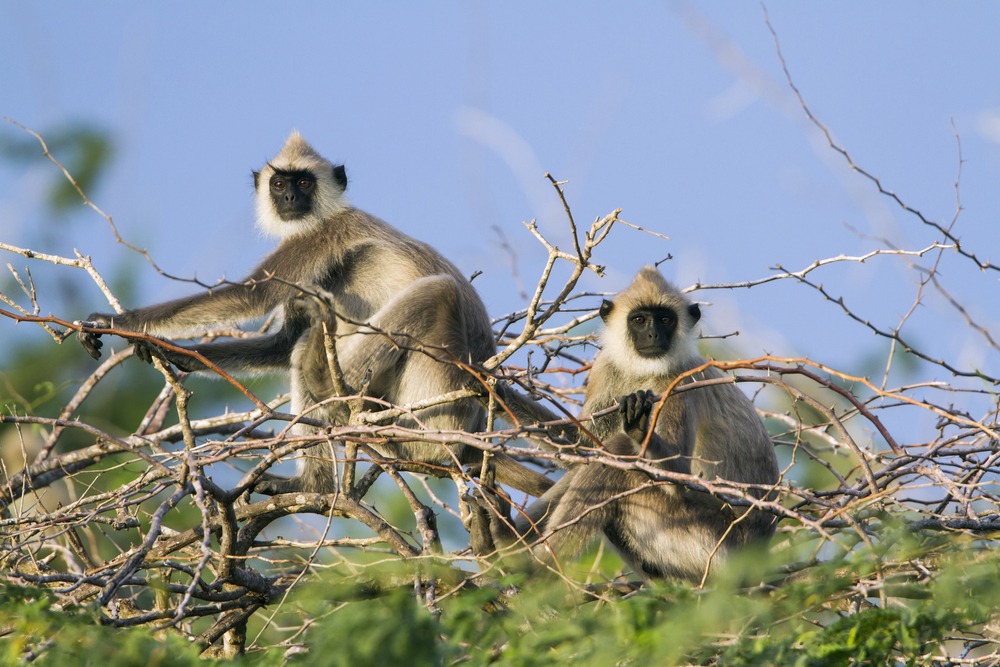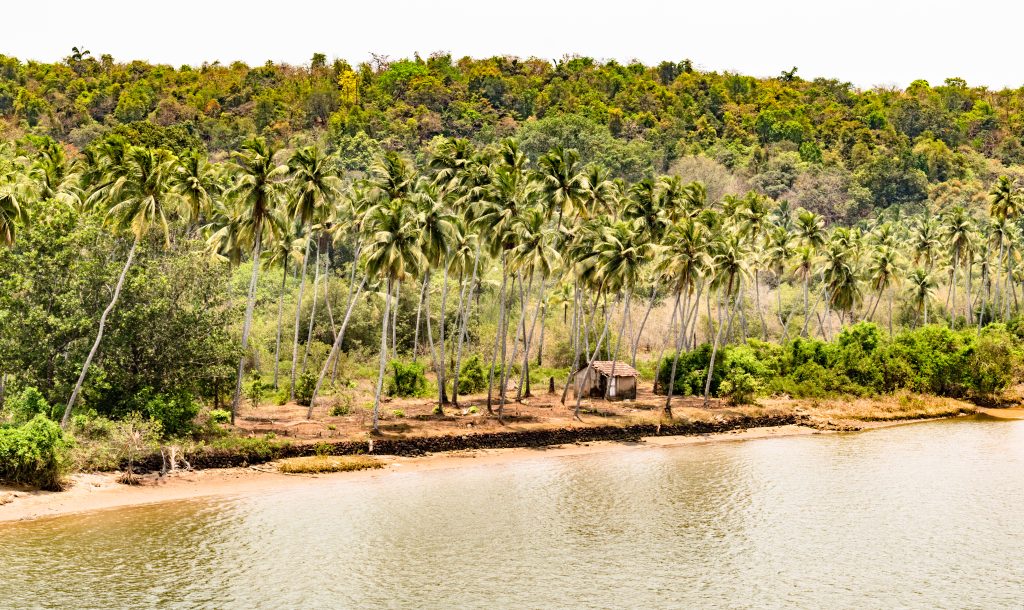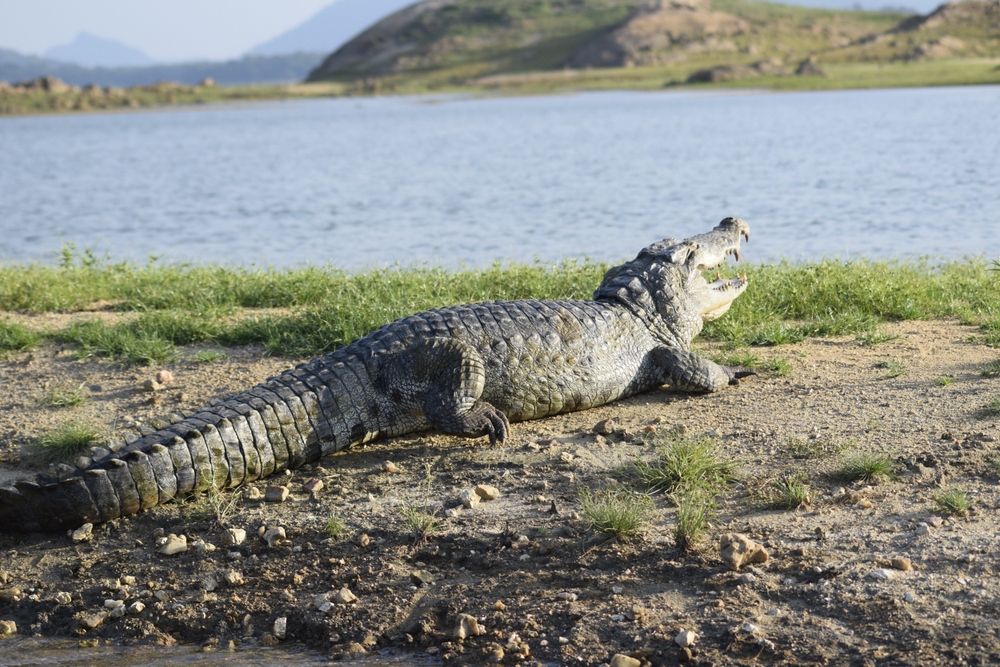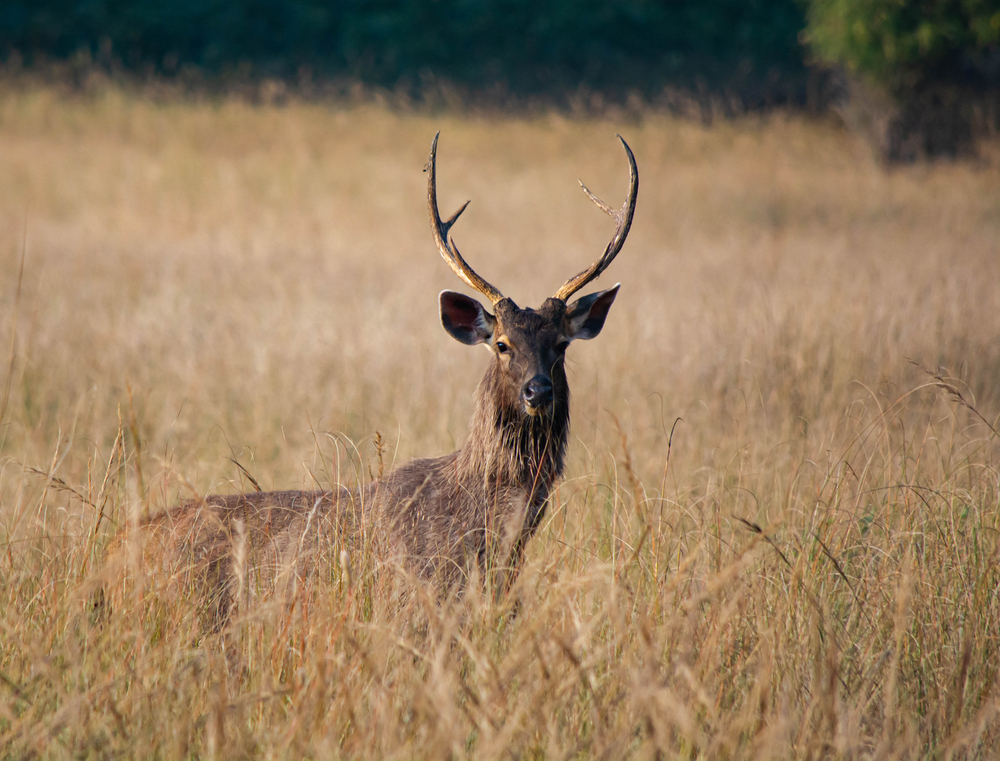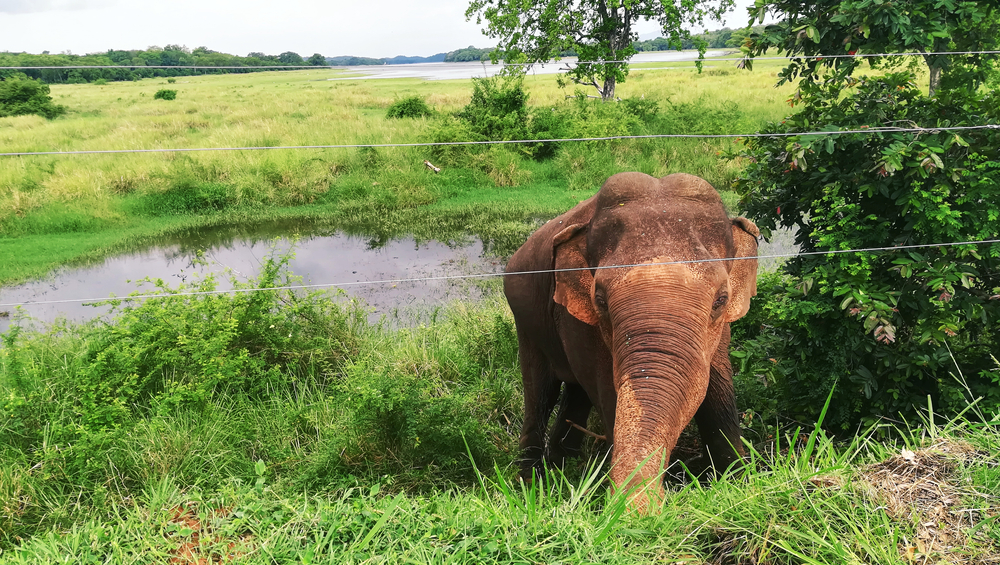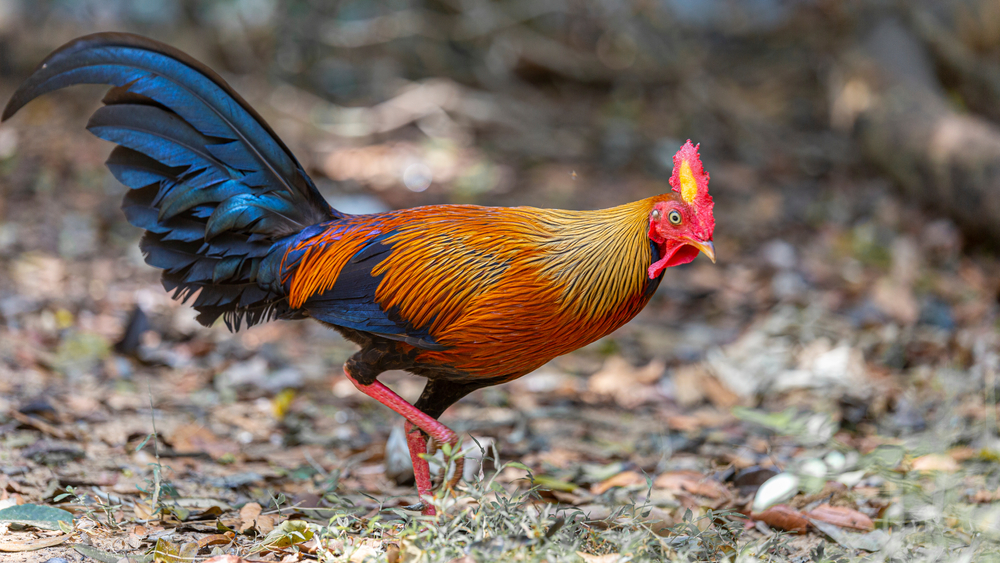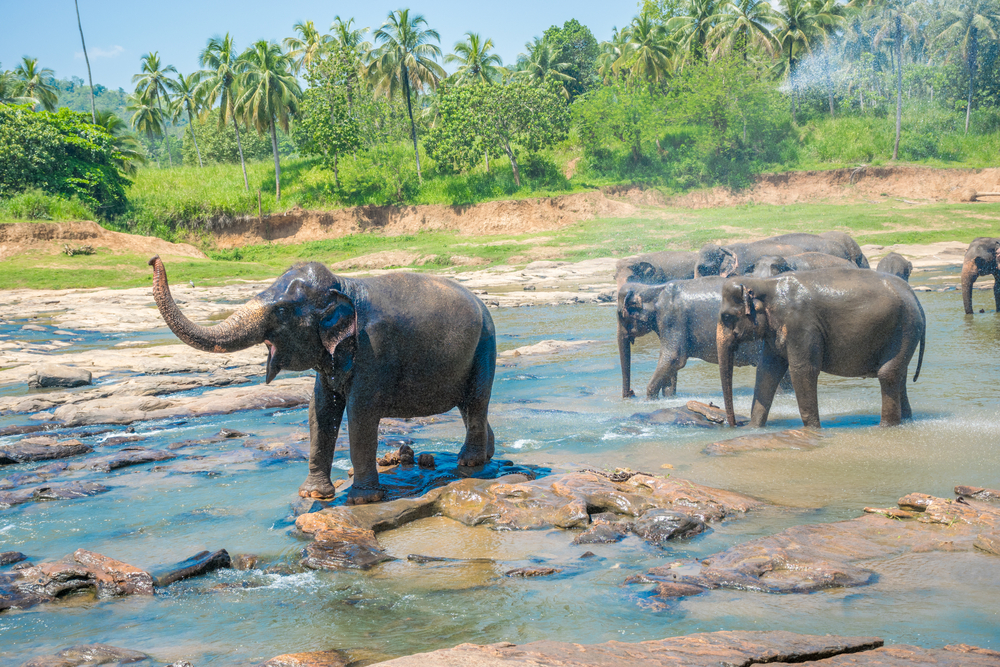Wasgamuwa Overview
Wasgamuwa National Park, located in the Matale and Polonnaruwa Districts of Sri Lanka, spans approximately 148 square miles (385 square kilometers). The name Wasgamuwa derives from the Sinhala words “Walas Gamuwa,” meaning “gathering place of bears,” reflecting the park’s significance as a habitat for the Sri Lankan sloth bear. Nestled between the Mahaweli and Amban Rivers, the park is a gem of biodiversity in the country’s Central and North-Central Provinces. Its lush ecosystems, dominated by dry zone forests, wetlands, grasslands, and riverine forests, offer a unique tapestry of landscapes that captivate visitors.
The terrain of Wasgamuwa National Park is a blend of flatlands, rolling hills, and rippling waterways, with prominent features including the Sudu Kanda Mountain. The park’s vegetation is a mix of dry monsoon forest and grasslands, with remarkable flora such as Palu (Manilkara hexandra), Weera (Drypetes sepiaria), and Kumbuk (Terminalia arjuna) trees. Seasonal blooms and aquatic plants enrich the ecosystem, particularly around wetlands and riverine areas. These natural features sustain a variety of habitats, making the park an ecological treasure.
Wasgamuwa is famed for its wildlife diversity. Large mammals such as the Sri Lankan elephant roam its grasslands, often in herds, creating a spectacular sight. The park is also home to the elusive Sri Lankan sloth bear, along with leopards, water buffalo, sambar deer, and wild boars. Bird enthusiasts are drawn to Wasgamuwa for its avian treasures, including endemic species like the Sri Lanka junglefowl and the crimson-fronted barbet, as well as migratory birds such as painted storks and egrets. The wetlands provide sanctuary to numerous aquatic species, including crocodiles and freshwater fish.
Popular features of the park include the Wasgamuwa Tank, an ancient reservoir that attracts diverse wildlife, and the Dunuwila Wewa, a scenic wetland. Visitors often enjoy safari drives, allowing close encounters with elephants and panoramic views of the park’s diverse ecosystems. Birdwatching tours, nature walks, and camping near designated areas further enhance the experience, offering moments of serenity and adventure. The park’s cultural significance is underscored by its proximity to ancient ruins, such as the Malagamuwa temple complex.
Conservation efforts at Wasgamuwa have yielded notable successes, particularly in elephant management and habitat restoration. The park’s designation as a protected area in 1984 has curbed deforestation and illegal hunting. However, challenges remain, including human-wildlife conflicts and encroachments on the park’s buffer zones. Innovative programs such as electric fencing and community engagement initiatives aim to mitigate these issues, ensuring the preservation of this vital ecosystem for future generations.








































































